
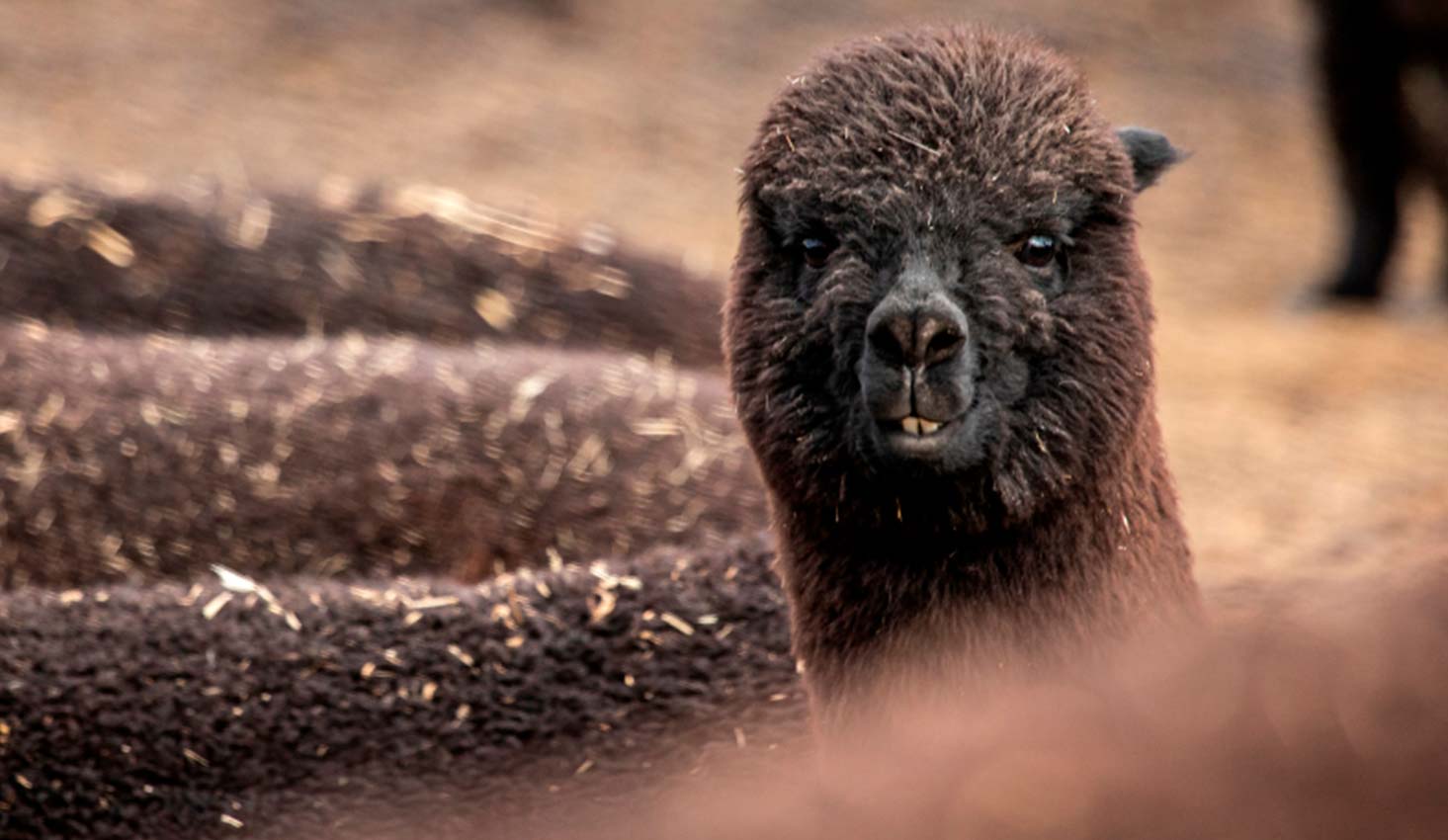
Anyone working with alpaca fiber knows that quality doesn’t begin at the spinning mill or dye house. It begins in the field, at the precise moment of shearing. And that’s where the real pain points emerge: poorly cut fleeces, short or contaminated fibers, stressed animals, lost value due to poor sorting, and a lack of traceability that undermines the entire supply chain. These issues affect not only producers but every stakeholder relying on high-quality inputs.
Since 2000, the genetic improvement center Pacomarca, backed by Inca Tops, has been developing a technique that addresses these challenges at the source. Known as the Inca Shearing Technique, this method prioritizes animal welfare and technical precision. Years of field research led to a protocol that reduces stress in alpacas, especially pregnant females and significantly improves fleece quality.
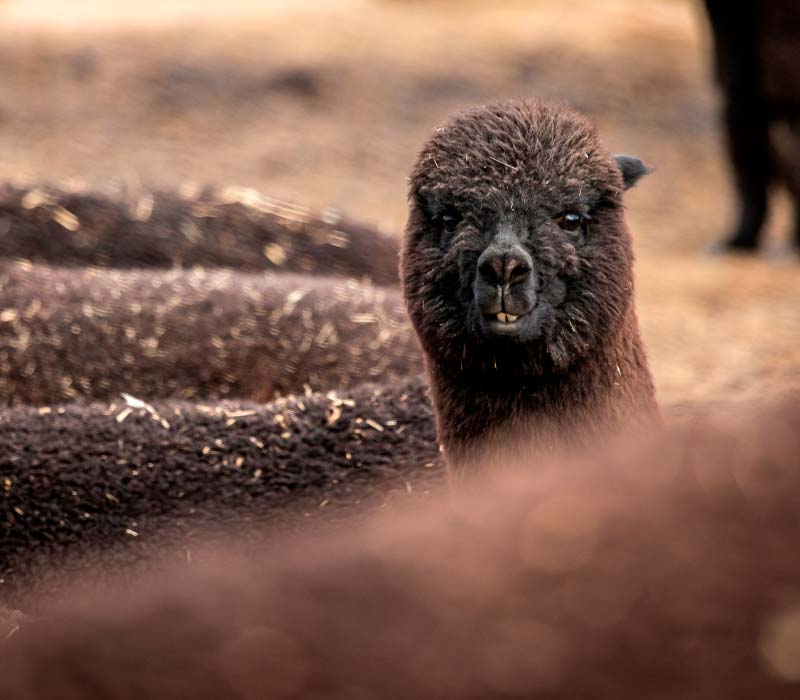
Shearing is performed on ergonomic tables rather than on the ground, and the fiber is cut following its natural growth direction to avoid cross-cutting. The fleece is immediately separated by anatomical zones, allowing for more accurate classification and fairer valuation. This approach yields longer, cleaner, and more uniform fibers, ideal for premium yarns such as baby alpaca and royal alpaca.
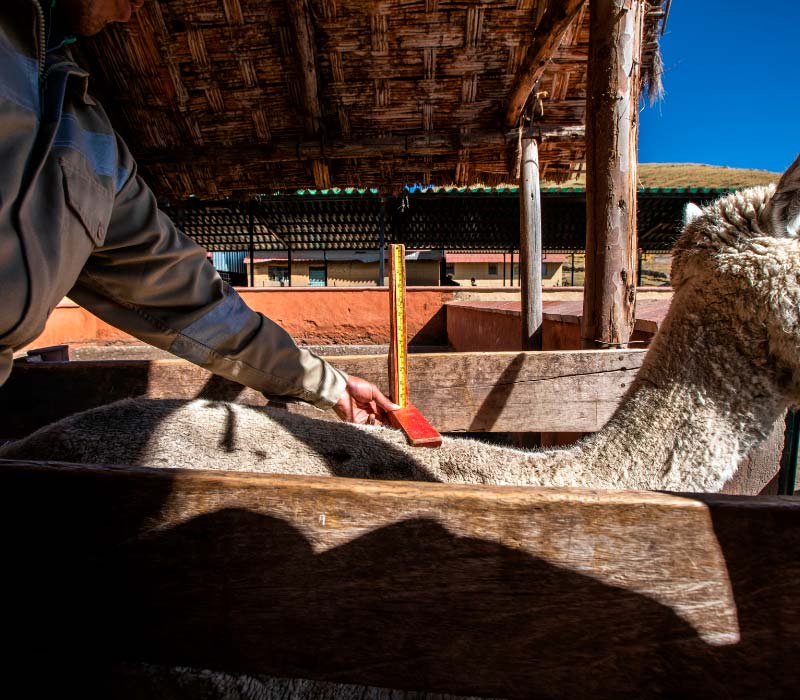
The impact of this technique was so clear that the National Institute of Quality (INACAL), under Peru’s Ministry of Production, adopted it as an official national standard. The result is the Peruvian Technical Standard NTP 231.370:2019, titled “Domestic Camelids – Best Practices for Shearing and Handling Alpaca Fiber on Live Animals.”
This regulation outlines ethical and technical shearing protocols, recommendations for preserving fleece quality, guidelines for traceability, and animal welfare principles. It was even published in Quechua to ensure accessibility for highland communities, acknowledging their vital role in the textile supply chain.
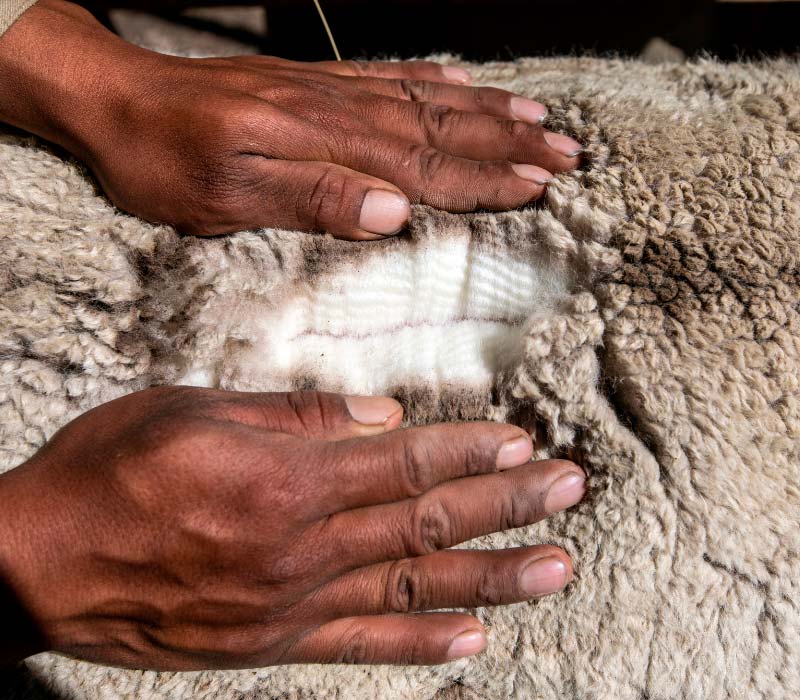
Traditional shearing methods, while widespread, come with serious drawbacks: short and contaminated fibers, stressed animals, poor sorting, and limited traceability. The Inca Shearing Technique tackles these issues head-on. It doesn’t require expensive technology, just training and commitment. Using shearing tables, controlled animal handling, zone-based cutting, and batch registration, producers can achieve longer, cleaner, and more consistent fleeces. Those who’ve adopted the method report better fiber quality and higher prices.
Fleece quality directly affects yarn performance. With longer, cleaner fibers, mills experience less waste, higher yield per kilo, and yarns that are softer, stronger, and more machine-friendly. This benefits brands, designers, and manufacturers seeking excellence in their final products. The technique also supports traceability and certification systems, adding value and trust throughout the supply chain.
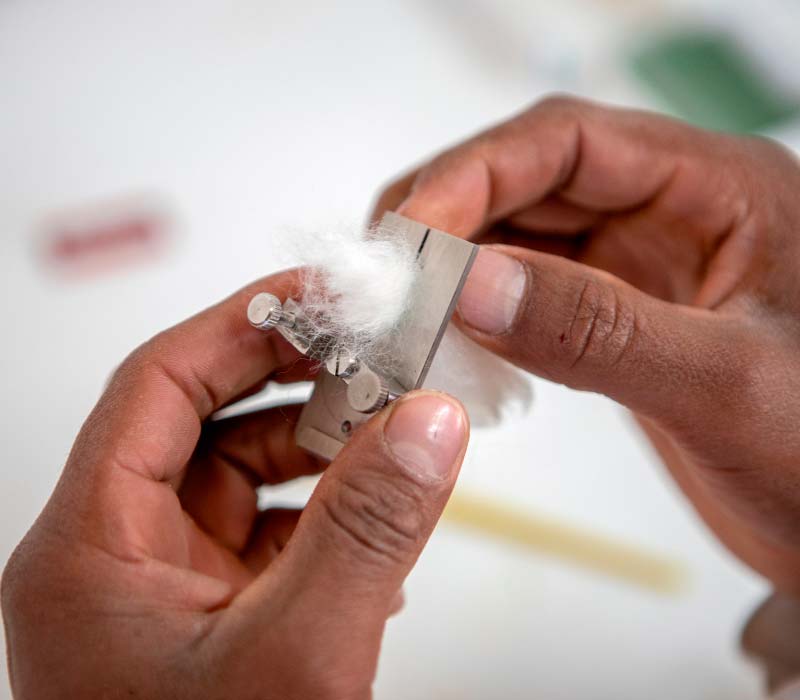
Fiber and yarn buyers often ask critical questions: Where does the fiber come from? Was the animal treated ethically? What certifications support the process? How does the yarn behave in machines or dye baths? Backed by a national standard, the Inca Shearing Technique provides clear, confident answers. The process becomes transparent, traceable, and aligned with global benchmarks for quality and ethics.
The Inca Shearing Technique, now officially recognized through Peruvian Technical Standard NTP 231.370:2019, marks a tangible step forward in improving alpaca fiber quality from the source. And while this article isn’t brand-focused, it’s worth noting that the yarns born from this technique, baby alpaca, royal alpaca, and merino wool, are precisely what we offer in 1 kg cones through our Stock Service Essentials. Because we believe that quality begins in the field, and should arrive intact in your hands.